Organizational Behavior Report: Leadership, Structure, and Culture
VerifiedAdded on 2023/04/22
|16
|997
|348
Report
AI Summary
This report delves into the intricacies of organizational behavior, examining various organizational structures, including divisional, centralized, and decentralized models, exemplified by companies like Hindustan Unilever, the Department of Culture, Media and Sport (UK), and Xerox. It explores the relationship between organizational structure and culture, highlighting the impacts of centralized and decentralized structures on decision-making, employee motivation, and conflict resolution. The report further analyzes factors influencing individual behavior in the workplace, such as self-image, ability, aptitude, behavioral problems, and personality traits, and how these elements affect employee actions. Additionally, it compares the effectiveness of different leadership styles, including autocratic, democratic, and strategic approaches, within diverse organizational settings. Finally, it examines organizational theories and management approaches, emphasizing the role of human relations and scientific management, as well as empirical, group behavior, and cooperative social system approaches to management.
1 out of 16
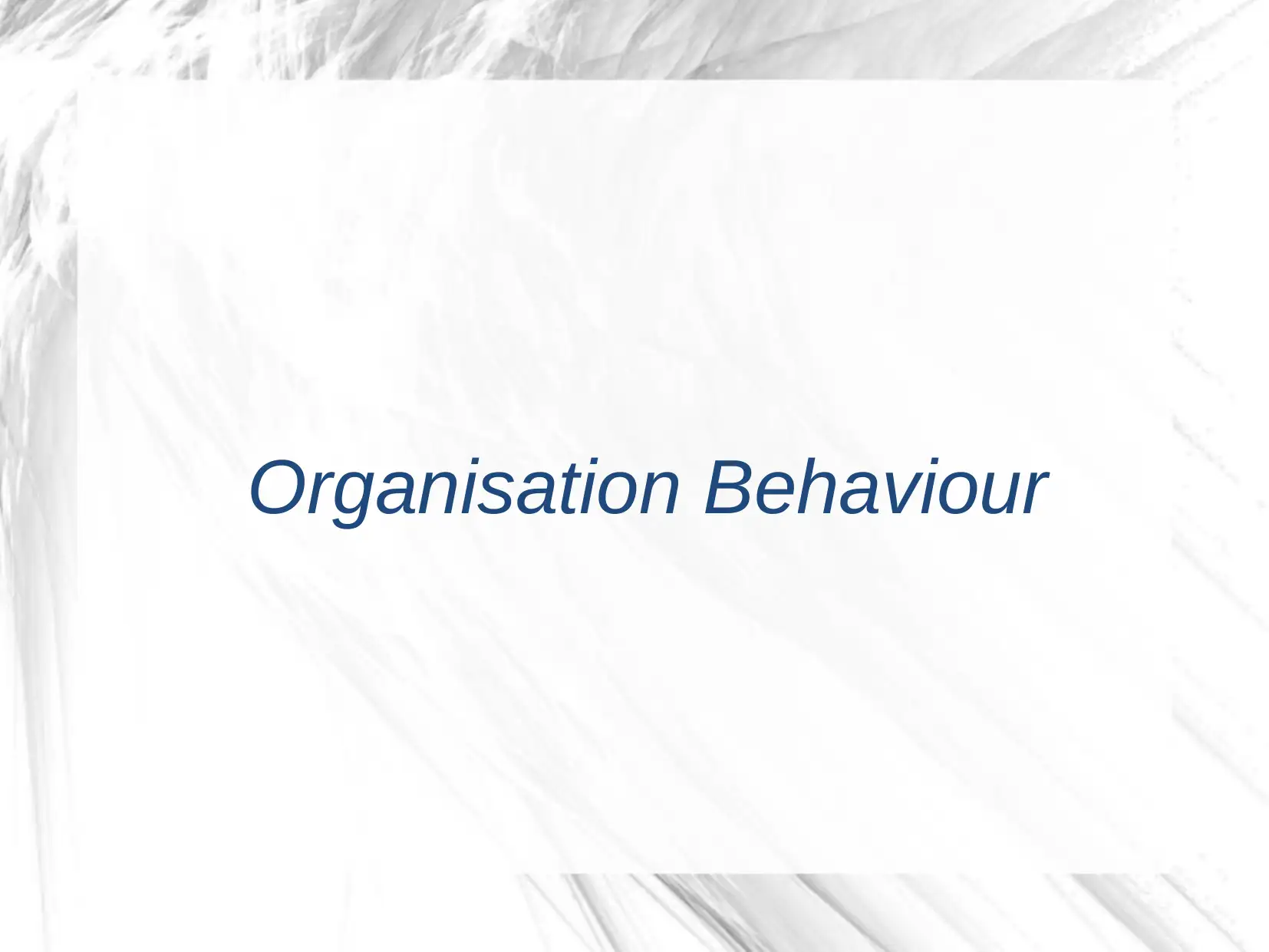
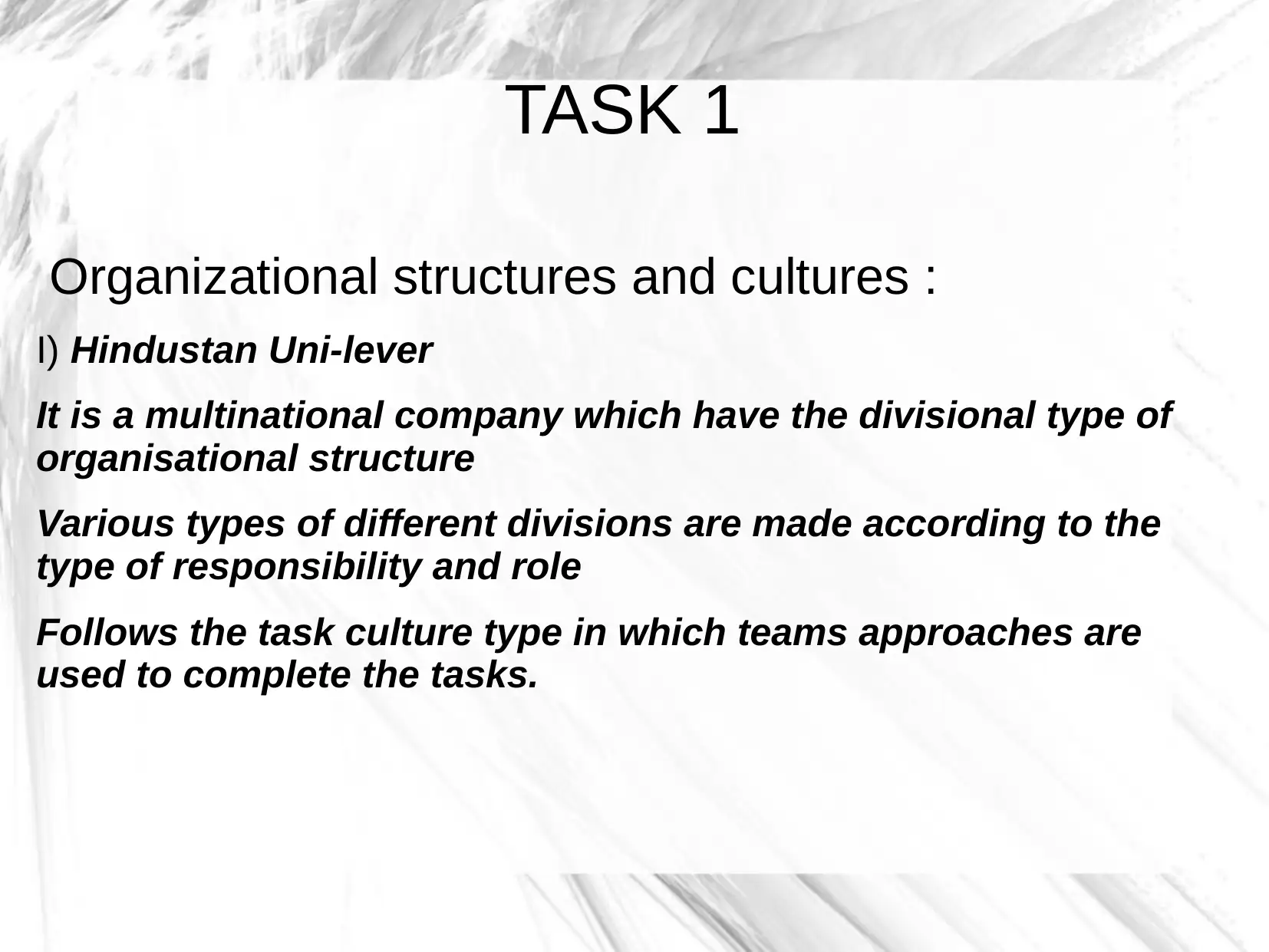
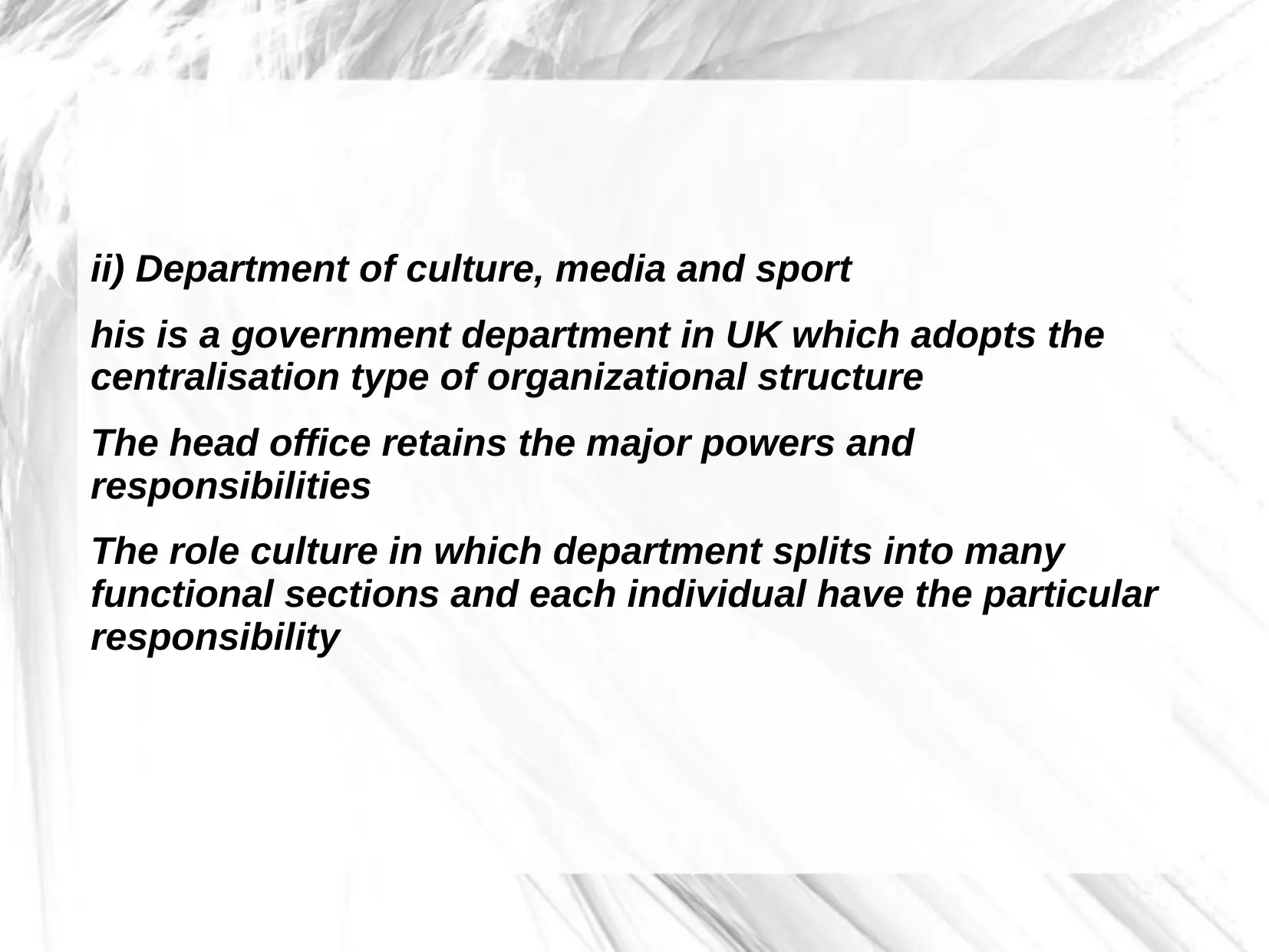

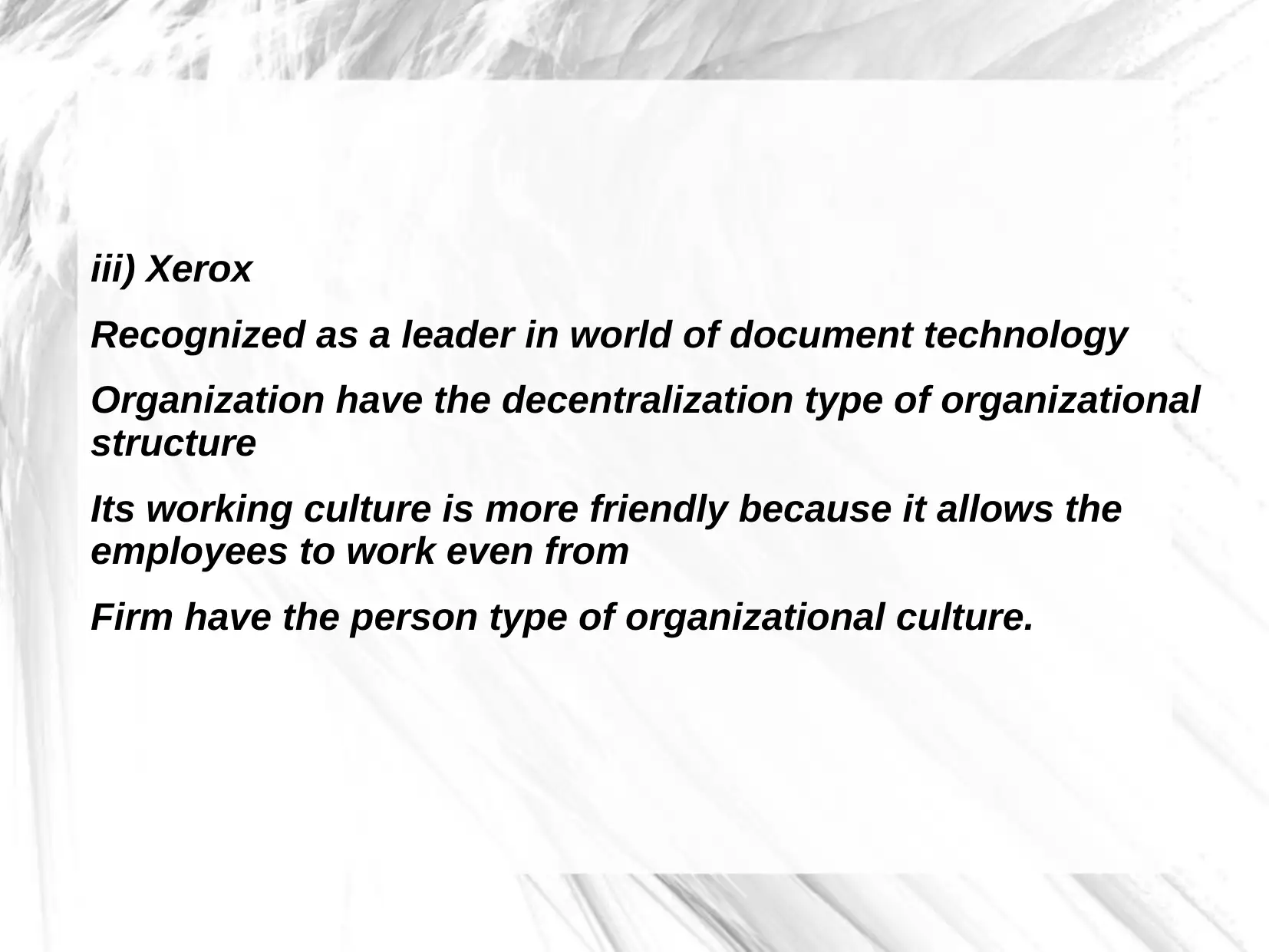
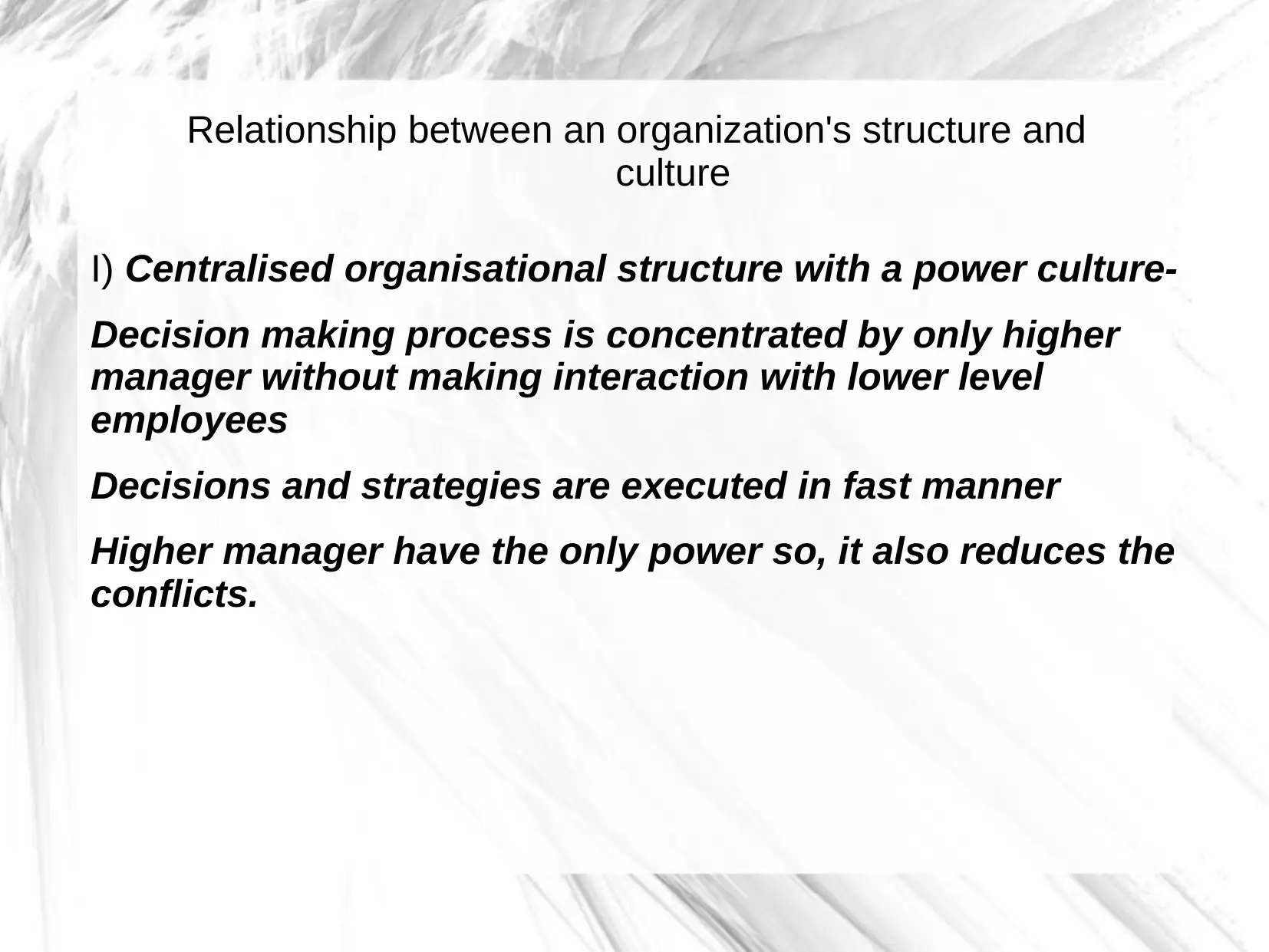
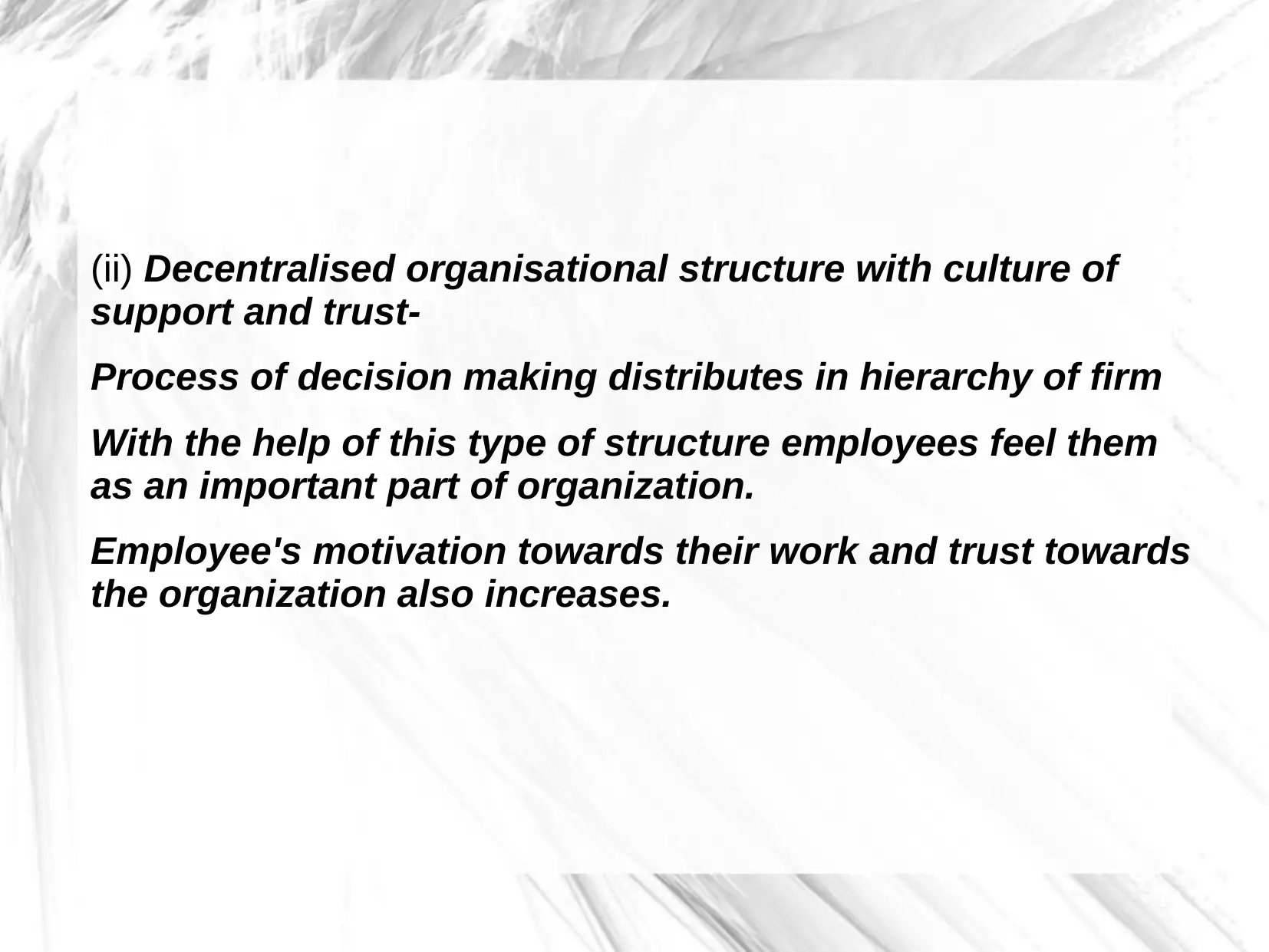

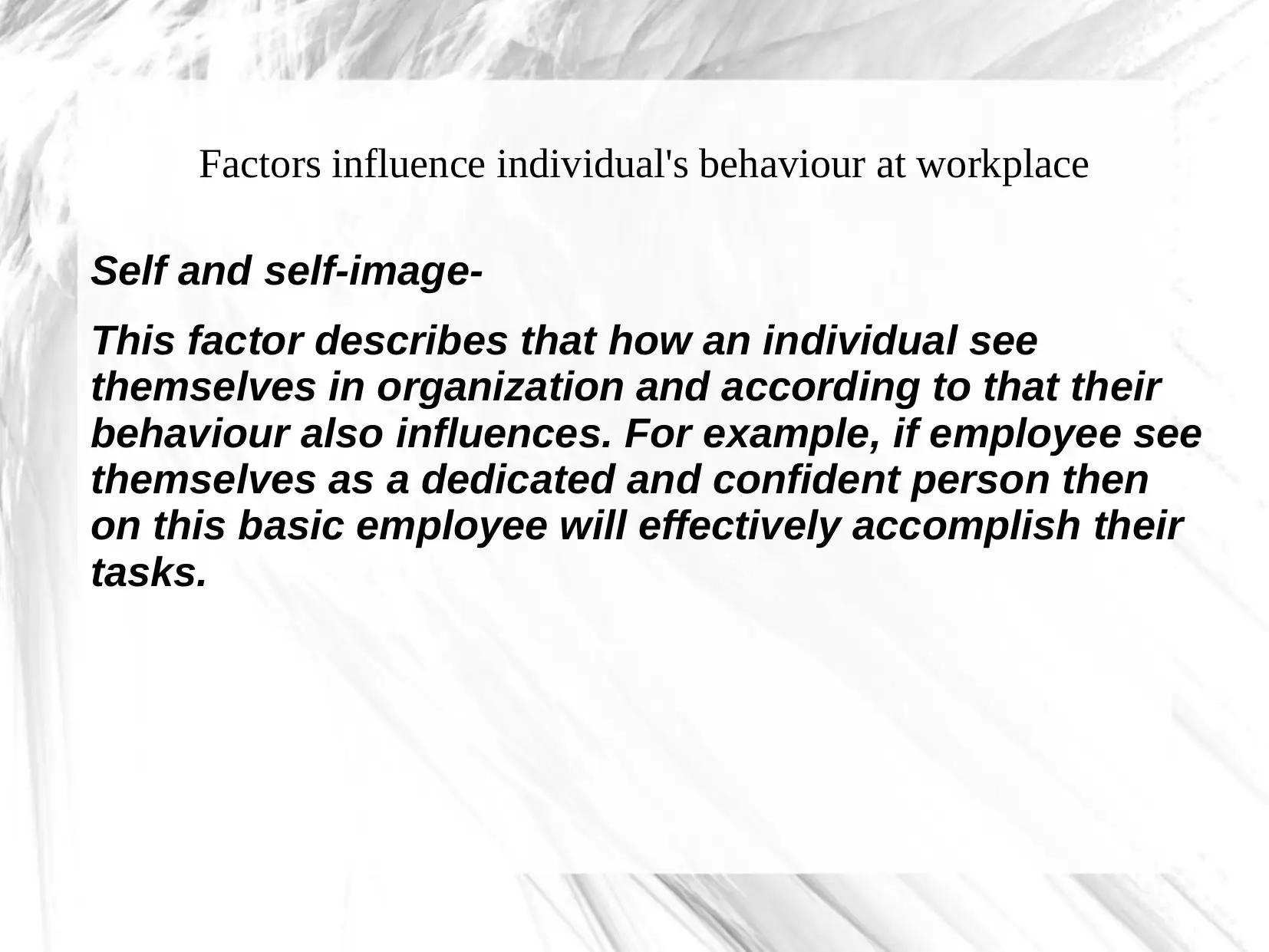
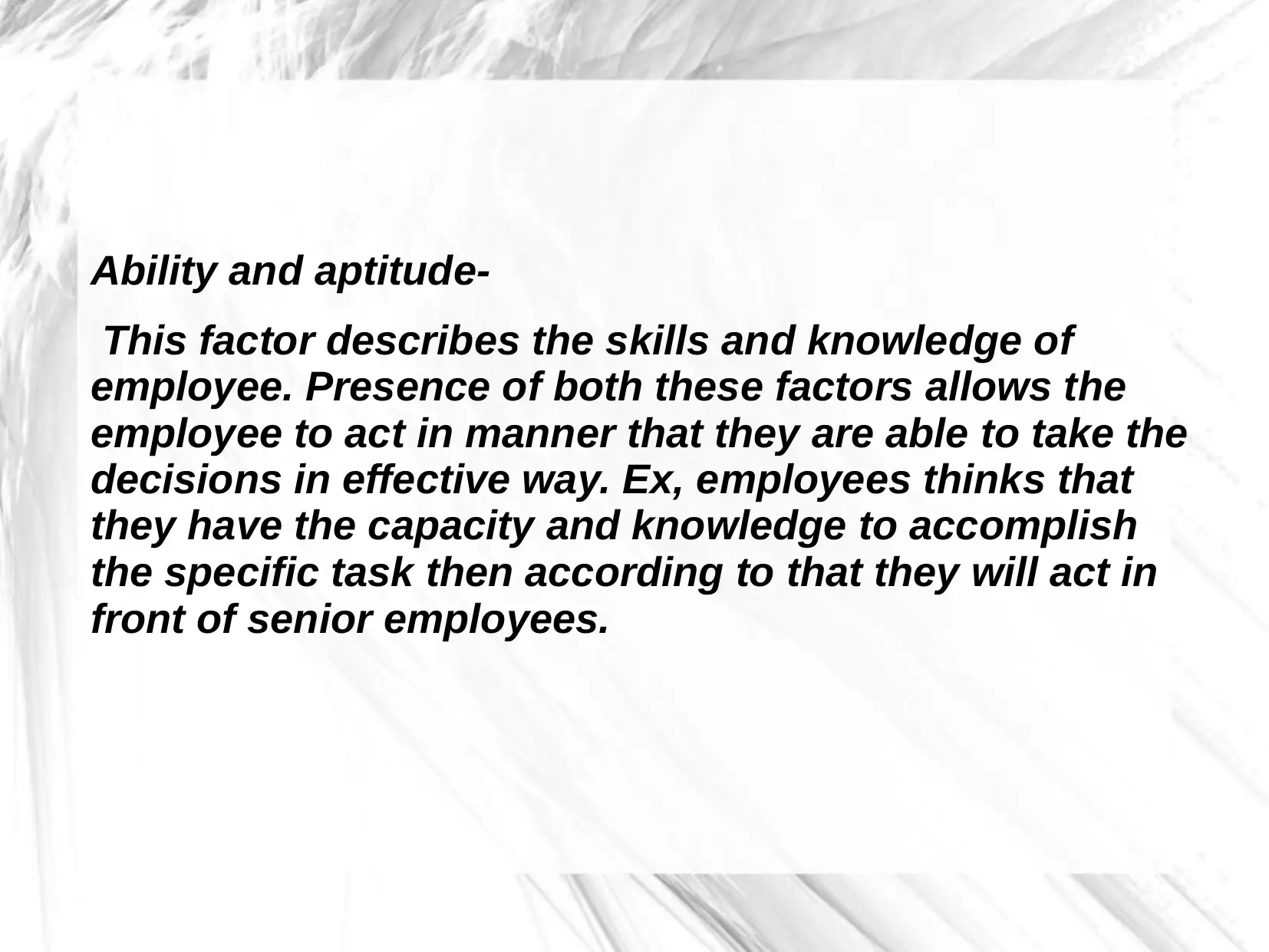
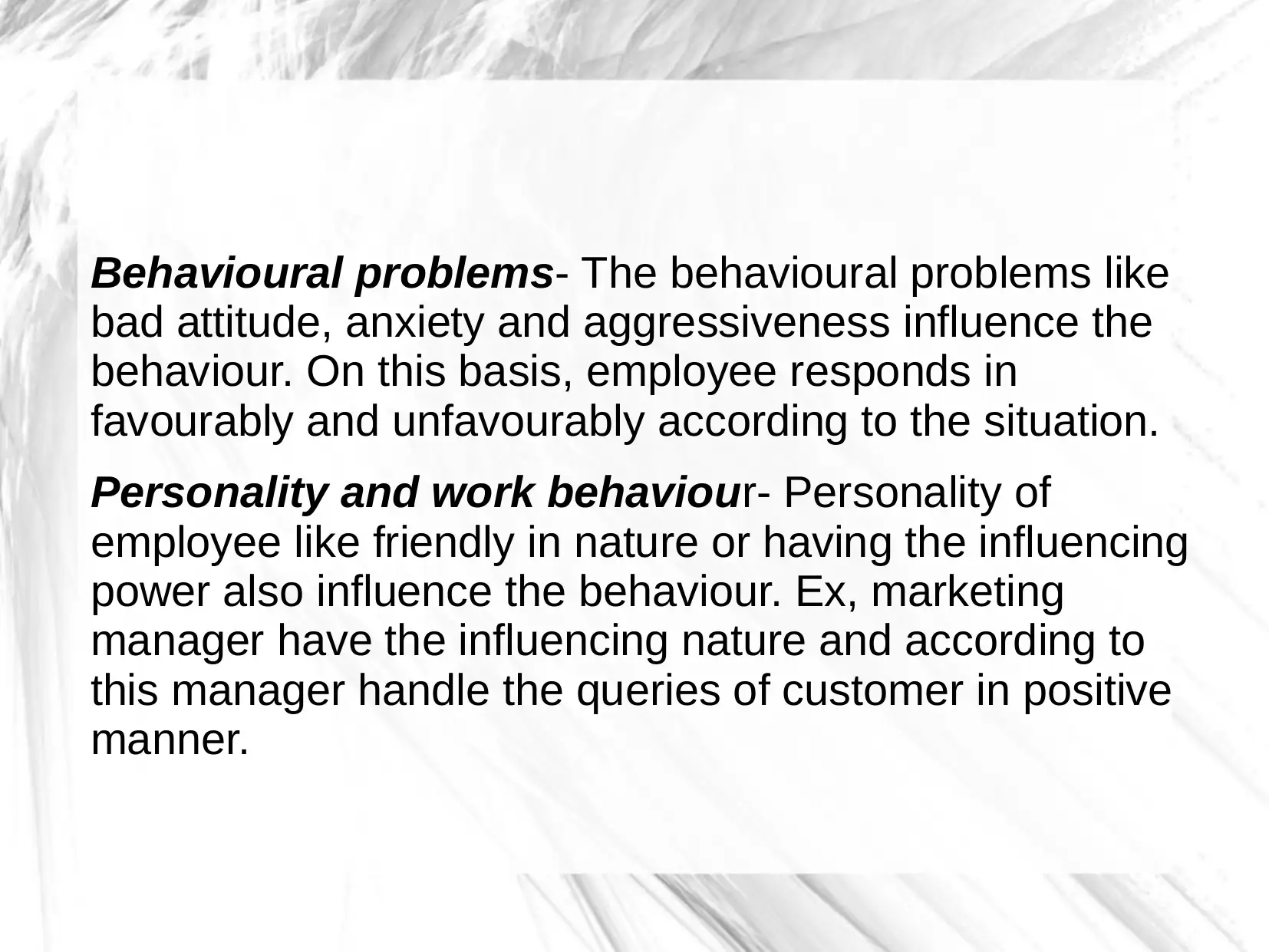
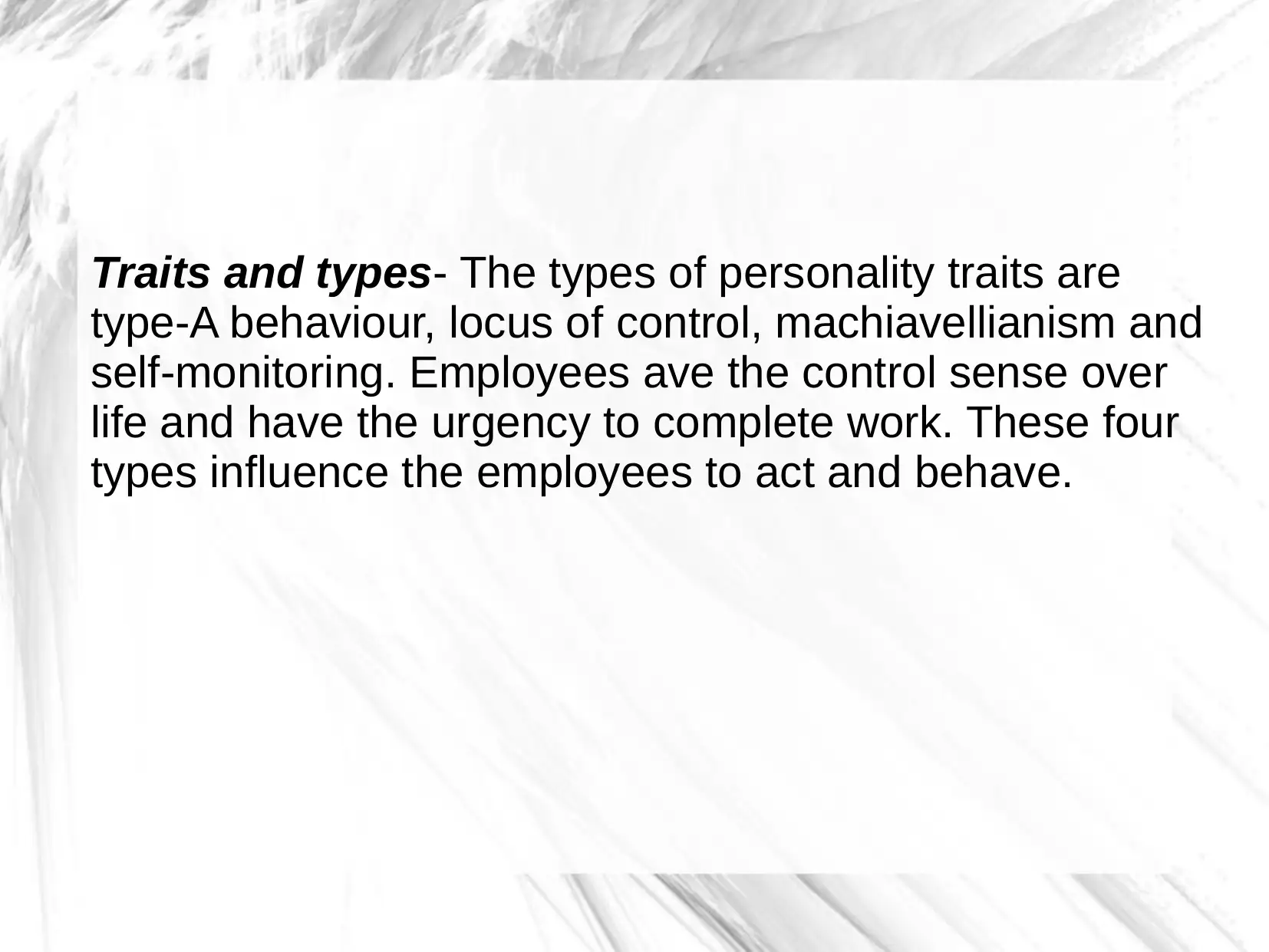
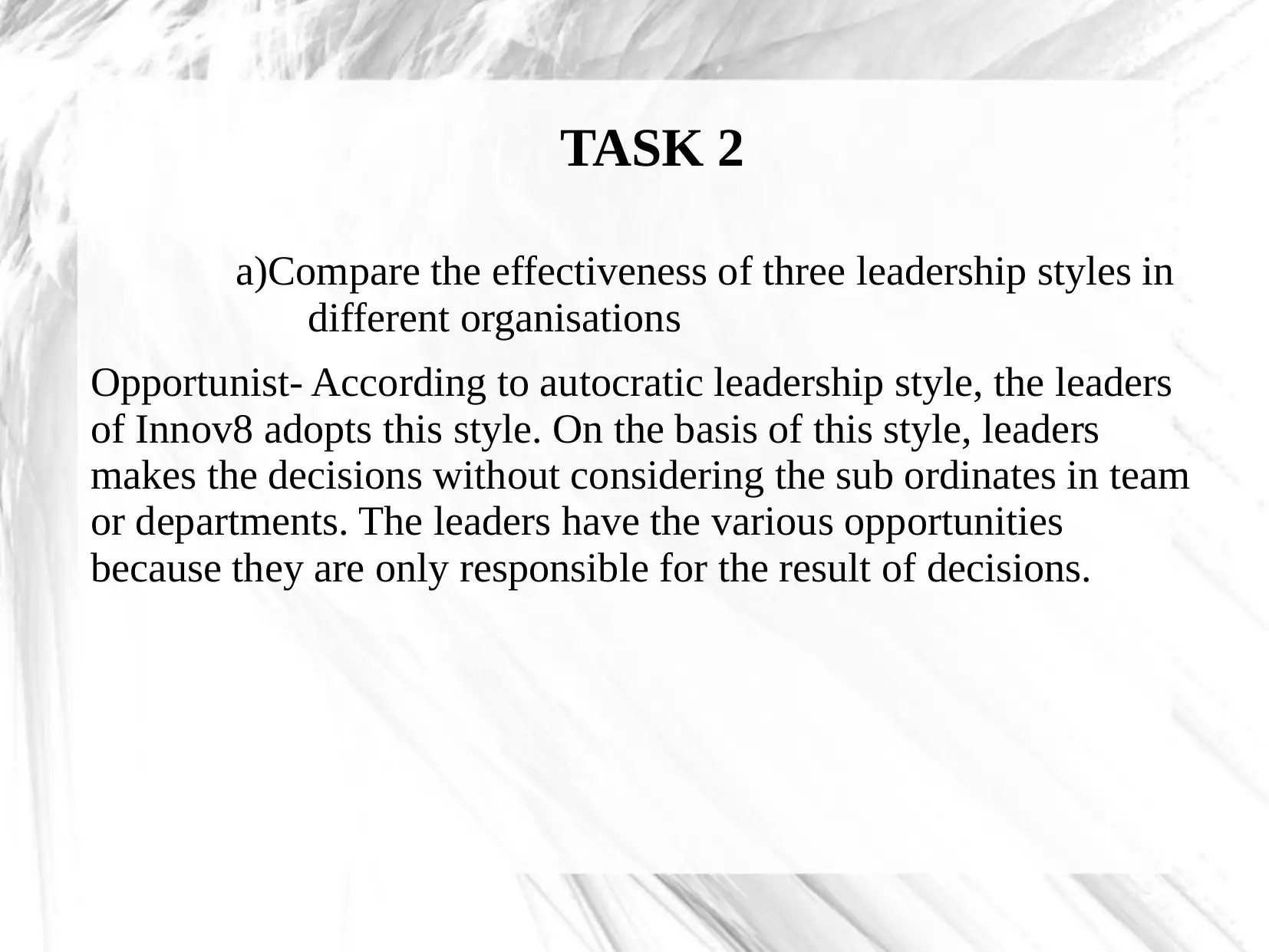






![[object Object]](/_next/static/media/star-bottom.7253800d.svg)